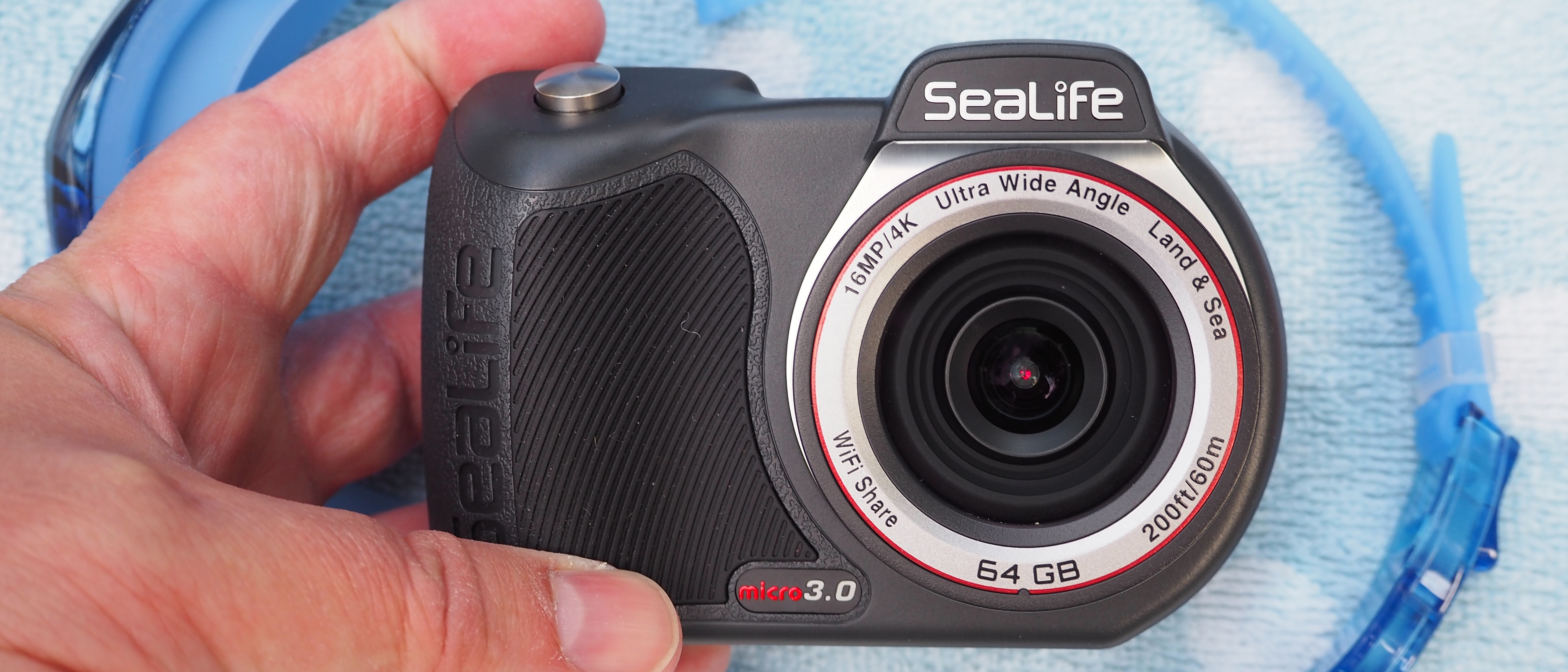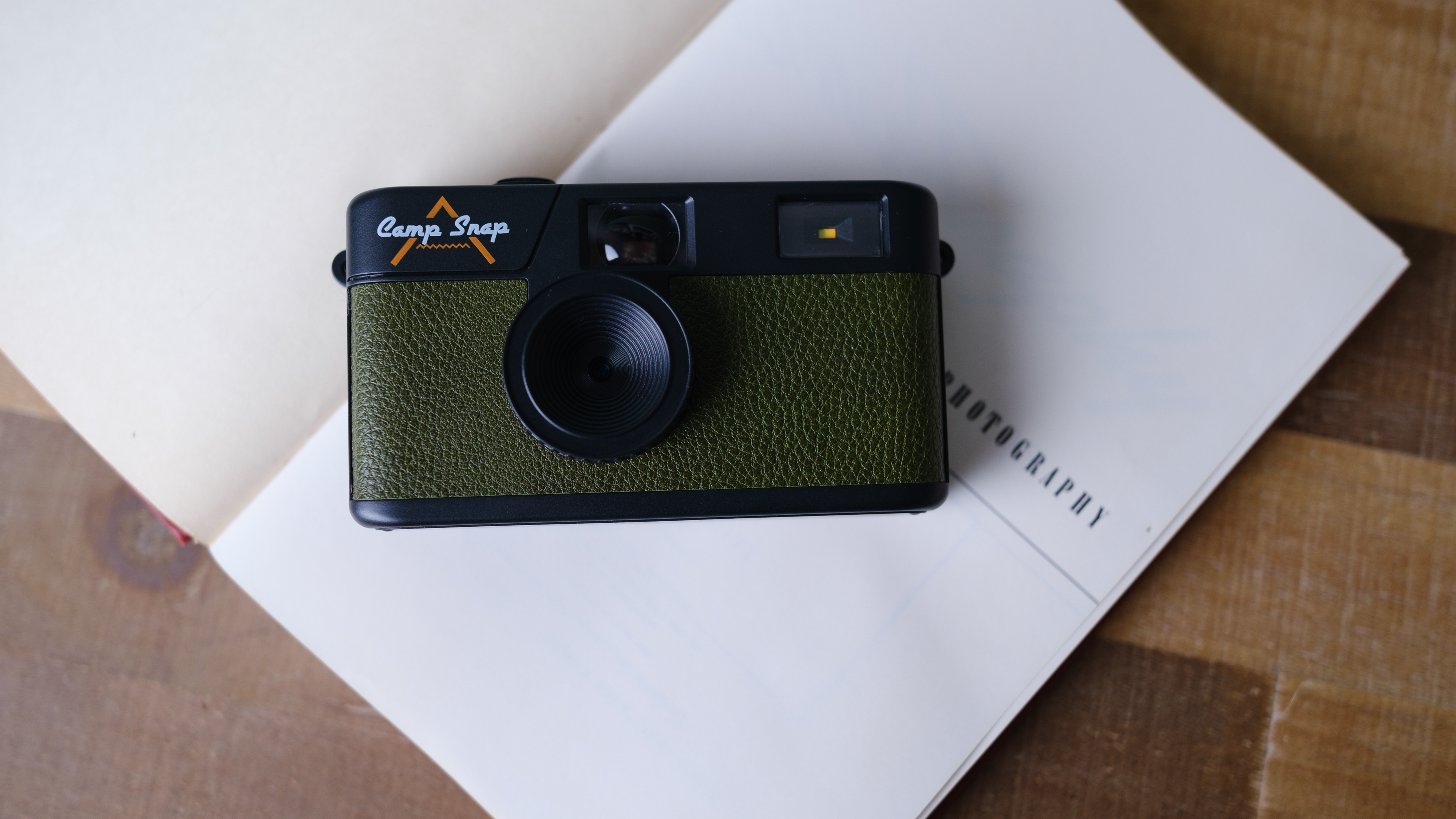Digital Camera World Verdict
There are a handful of toughened digital compacts from a range of manufacturers that allow for immersion underwater and the taking of stills and videos without the need for additional housing. But the SeaLife Micro 3.0 is one of the few consumer-level underwater cameras available that can still strut its stuff at deeper depths of up to 60m, shooting 4K video and 16 megapixel stills, even if we do pay a premium price here for the pleasure.
Pros
- +
Easy, unfussy operation
- +
Large chunky controls
- +
Generous 64GB internal memory
- +
16 megapixel stills and 4K-resolution video
- +
The ability to create images in environments in which other cameras fear to tread
Cons
- -
Plastic-y build
- -
Basic looking design
- -
Premium price point
- -
No ability to use removable media to boost internal storage capacity
Why you can trust Digital Camera World
The taking of photo and videos underwater used to require additional specialist housing for existing camera models that was cumbersome and expensive, meaning that it remained the preserve of the serious enthusiast or pro. However, over the past decade toughened consumer-targeted digital cameras that can be used at depths typically between 15 and 30 metres without additional armour have become commonplace.
While the rise of smartphone photography has killed off most standard digital compacts, these robust models with their industrial metal screws and internally stacked zoom mechanisms have given people a reason to still buy a dedicated camera. That said, with the camera market having contracted greatly during the pandemic, even the choice here is less numerous than it once was.
Enter the third generation, Chinese-made SeaLife Micro 3.0, which markets itself as the easiest way for us to become immersed in the world of underwater imaging. In terms of controls this plastic and rubber look and feel device has been pared back to the frill-free basics. What few buttons there are, are large and chunky – much chunkier than we’d normally find on a toughened compact – suggesting it’ll be easy to use when operating the camera in conditions in which visibility might be poor and/or the user may be slightly disorientated, or at the very least when we’re operating the camera with wet fingers.
Specifications
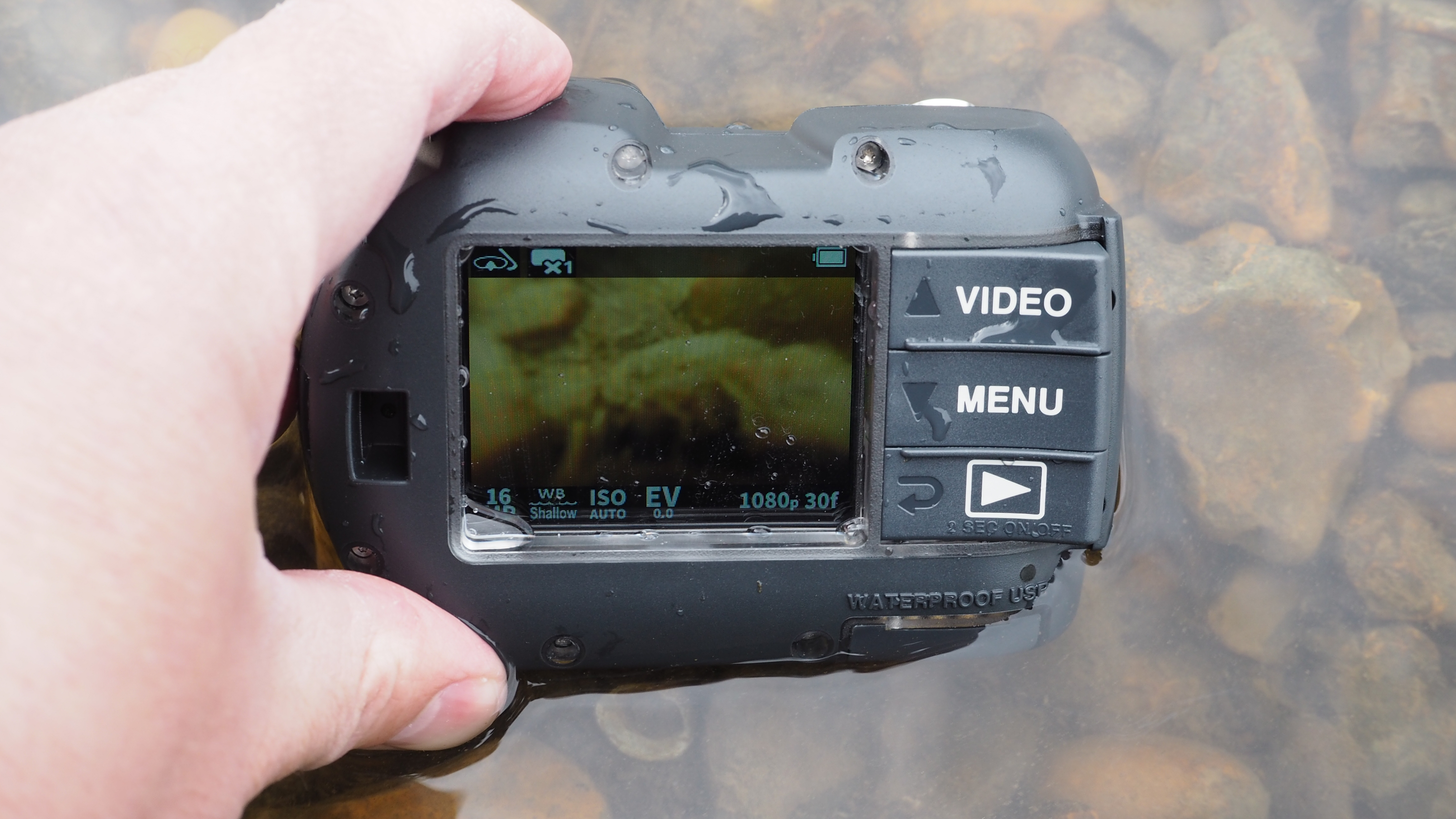
Sensor: 16 megapixels 1/2.3-inch CMOS sensor
Sensitivity range: ISO100 to ISO3200
Video: 4K maximum resolution at 30fps, or Full HD video at 120fps
Lens: 19mm equivalent, f/2.8
Monitor: 2.4-inch, fixed 260K-dot resolution LCD
Viewfinder: No
Battery life: Up to 3 hours maximum
Dimensions: 9.5x13x14cm
Weight: 329g
Key features
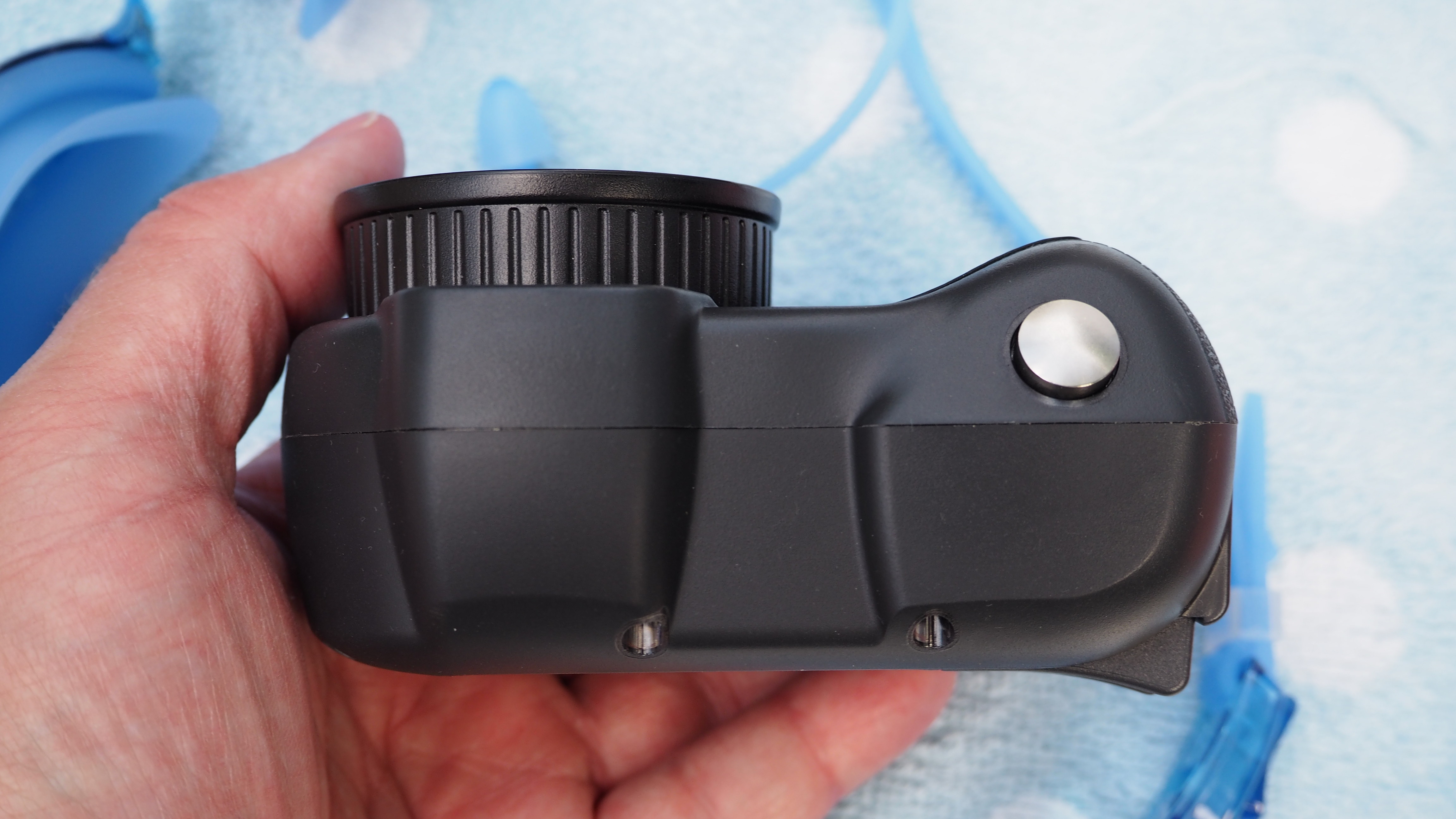
The SeaLife Micro 3.0 is described as ready to use right out of the box. That’s as soon as we’ve charged the internal battery of course, which is encased within its plastic exterior so cannot be removed and charged separately. Keeping the ‘permanently sealed’ electronics well out of possible harm’s way has enabled the manufacturer to claim this one won’t ever let water leak in.
Belying its toy-like looks is the fact that the camera claims to incorporate a Sony made 16MP CMOS sensor, while we also get the ability to record 4K resolution video clips. This, in turn, allows for the extraction of 8 megapixel equivalent still images from a motion sequence – in effect video grabs. To cope with all this – while avoiding the need for card slots that may be a potential point of ingress – the unit has an internal storage capacity of 64GB. While it can be used for shooting regular images on land, of course, the key feature here is its ability to be dunked in water to a maximum depth of an impressive 60 metres, which is broadly twice the depth capability of most competing ‘toughened’ and waterproofed digital compacts one might otherwise be tempted to buy.
Battery life is said to be good for just over three hours of continuous use, and, keeping things convenient, the SeaLife can be washed clean under the tap after you’ve had it in the sea or the river.
Rivals
As mentioned above, the obvious competitors for the SeaLife Micro 3.0 are the various ‘toughened’ compact camera models with their riveted, industrial-looking faceplates from the likes of Olympus, Ricoh, Nikon and Fujifilm, to name-check the chief competitors.
Of these, we’re recommend checking out the 5x optical zoom Nikon Coolpix W300, which is waterproofed to a decent depth of 30 metres, even if the SeaLife offers double its depth capacity. Both cameras provide a maximum 16-megapixel resolution yet the same physical sensor size, by way of further comparison, with the W300 being very much the jack-of-all-trades for those who want a point-and-shoot camera for scenarios in which you wouldn’t risk a smartphone or mirrorless camera.
Likewise, investigate the ‘TG’ series of compacts that fall under the Olympus brand, such as the Olympus Tough TG-6 and TG-5 cameras, or alternatively Ricoh’s WG-6 and WG-70, with their dynamic designs. Once again these are all-weather, shock-proofed point-and-shoots, with modestly specified internally stacked zoom lenses, small-ish 1/2.3-inch sensors and price tags that, like the SeaLife camera, are set at a premium compared with non-toughened, general-use compacts that cannot be dunked underwater and still survive.
It seems that if we want to go deep… then we’ll need to dig deeper into our pockets, which is fair enough.
Handling
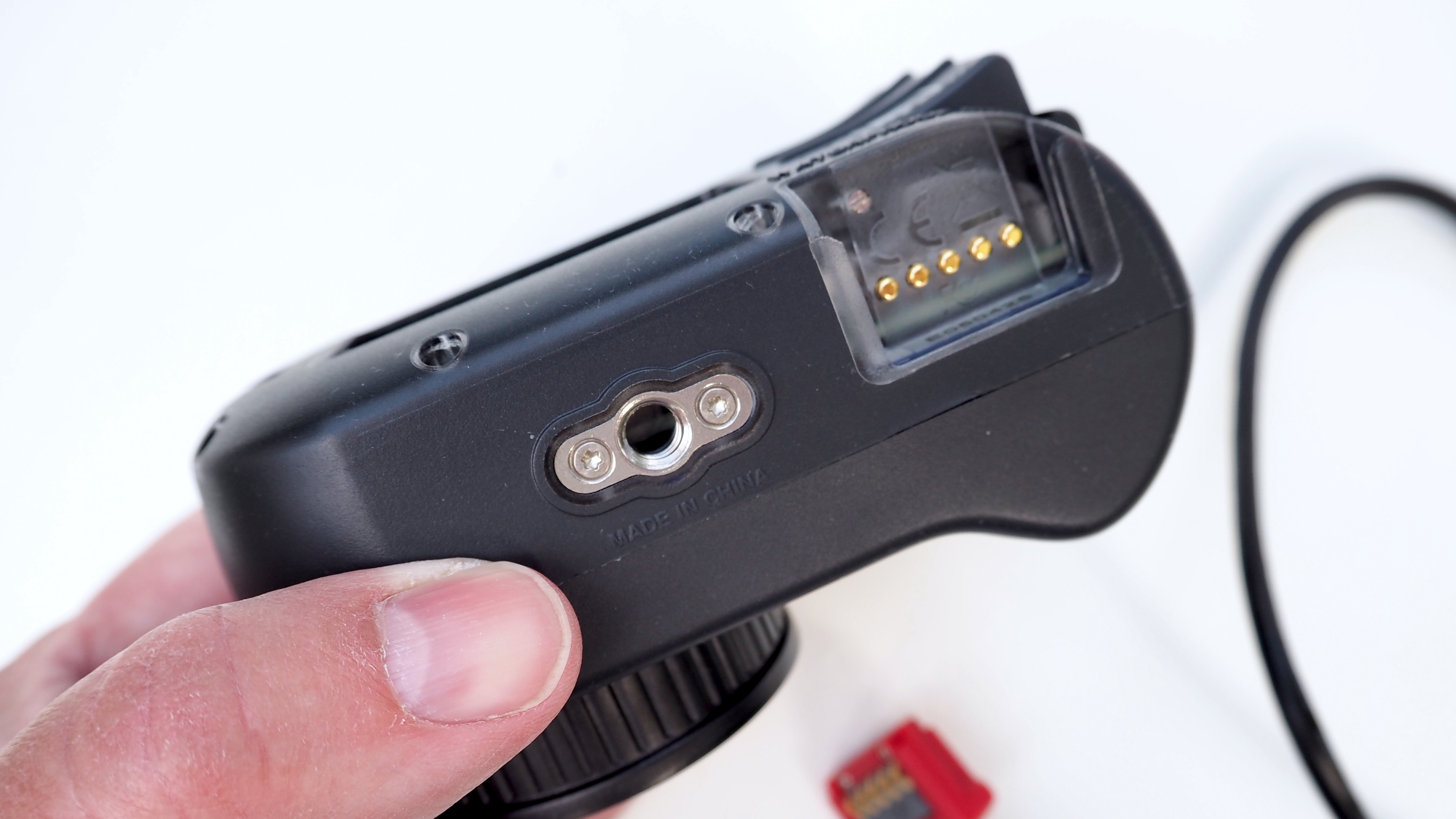
Huge buttons and a basic, pared back control layout does make the SeaLife Micro 3.0 resemble a toy camera at first glance; albeit one with a larger price tag than anyone whose sole income stream is pocket money could afford. Practicality and ease-of-use first and foremost, over and above any perceived need to cater to style or fashion, seems to have been the intent here, with its finger-thick, key-like button layout.
The camera’s internal battery is simply charged and recharged via USB lead. Fortunately one is provided in the box, along with a plastic USB adapter – which the manual instructs is not individually waterproof. This accessory slides into position at the base of the camera to allow an external lead to be connected. The USB contacts on the camera, however, are claimed as waterproof, with a little rubber cover sliding into place at the vase of the unit when it’s not being charged; as this isn’t actually tethered in any way to the camera, we can see this cover getting lost with repeated use.
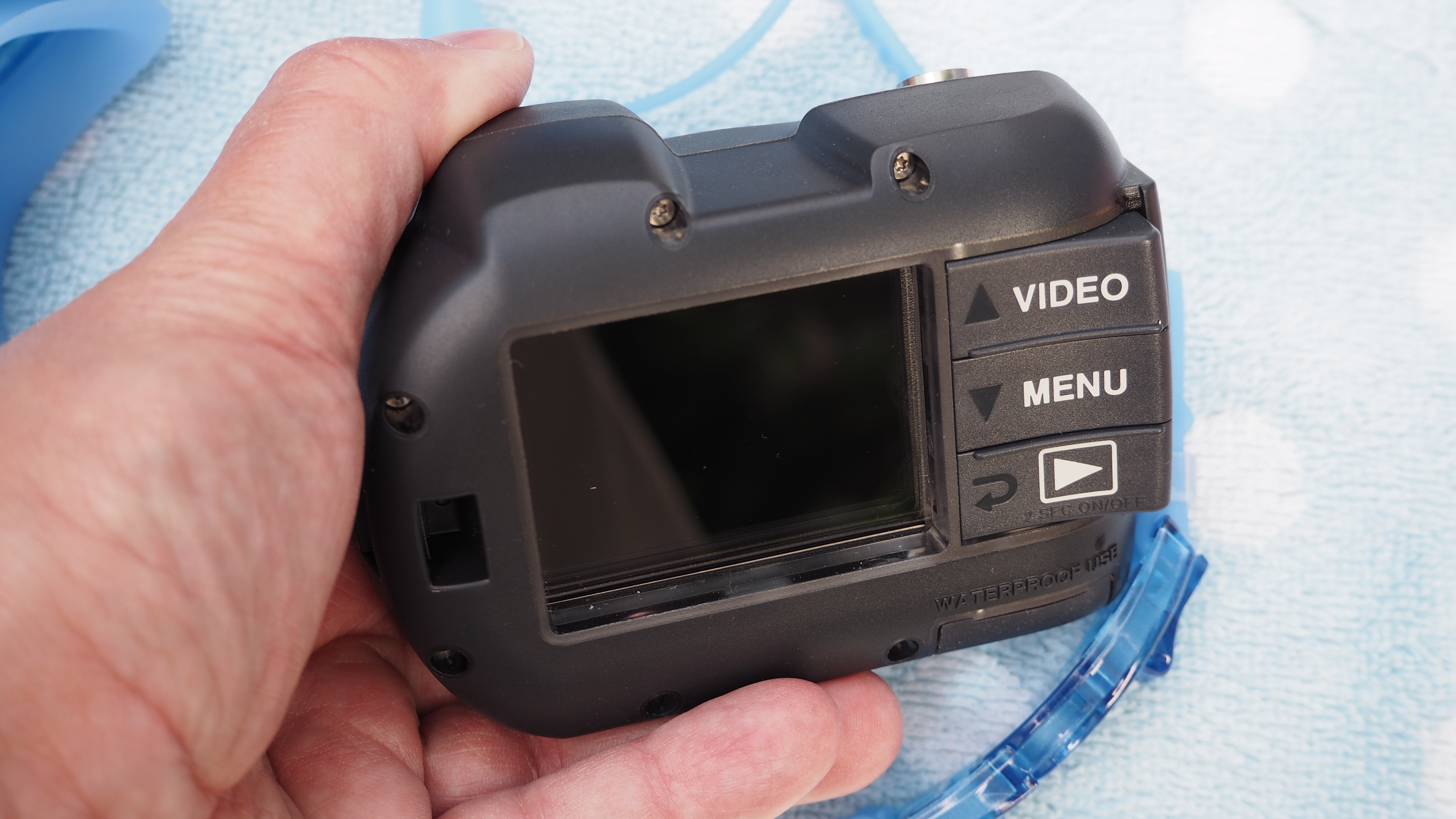
Like the camera’s buttons, the menu screen display is also rudimentary and pared back to the essentials. Using just the trio of buttons to navigate it is confusing at first and certainly lacks finesse, but we soon found ourselves getting used to it.
The f/2.8 aperture lens here is fixed focus, with a wide-angle range equivalent to 19mm in 35mm film camera terms, meaning that shots taken on land are imbued with a slight fisheye effect. Despite the model name suggesting this is chiefly an option for recording water based pursuits, the SeaLife can also be used for sporting or action photography; an alternative to a GoPro, in effect, for when we need that extra protection in all weathers. Continuous shooting speed is a maximum 10fps at full 16-megapixel resolution for the first second, then drops to 2fps thereafter, which suggests room for future improvement, though it’s fair to say no one will be principally buying this camera for action photography. Focus range is a so-so 38cm to infinity, though we did miss the ability to direct and bias focus to a certain part of our frame – here it’s very much the case of point, shoot and hope that the subject we want sharply in focus actually is.
Performance
With no obvious on/off button, it transpires that we need to hold down the chunky playback button on the backplate for two seconds to either activate or deactivate the SeaLife Micro 3. While this goes some way to preventing accidental activation so is justifiable to that extent, it does mean the camera is sluggish to respond when we want to get it up and ready for the first shot; a premium grade mirrorless camera or DSLR this is not.
Scrolling through and then selecting the sparse on-screen menu options involves pressing, variously, the ‘Video’ and ‘Menu’ buttons on the backplate, followed by a press of the shutter release button to implement a particular choice.
There are two shooting modes – land or underwater – selectable via the on-screen menus, with a further drop down menu for each allowing the user to choose the mode to best suit their pursuits: snorkeling near the surface or diving deeper, for example. Forget to turn off the underwater mode when we’re shooting on land instead, and it’s no big deal, except that resulting pictures are given a sepia-like look, due to white balance having been altered.

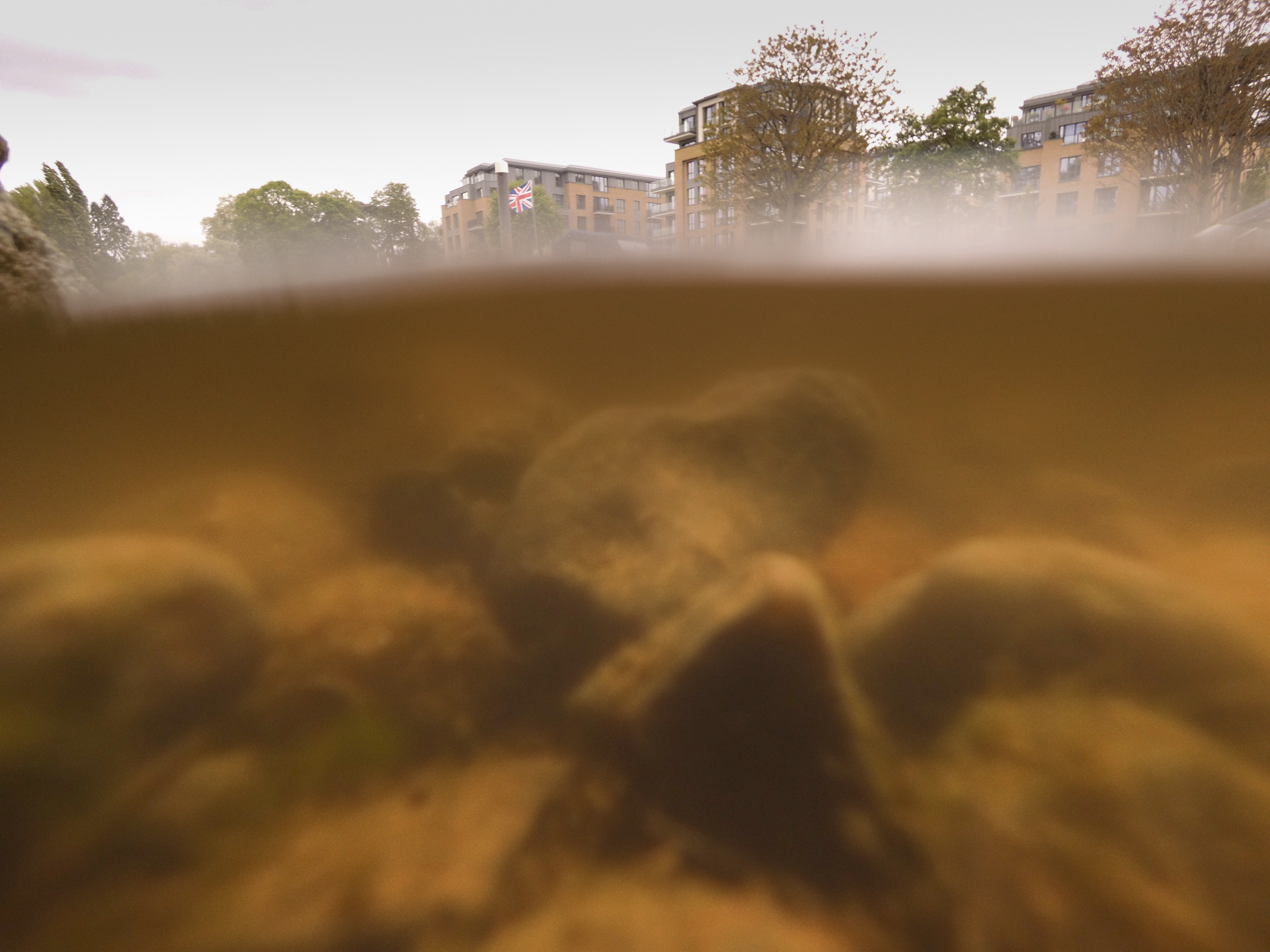


When it comes to downloading pictures, we just use the provided USB adapter and USB lead and plug it into an available USB port on our computer, at which point the camera automatically pops up as an external hard drive on our desktop. If you're on a Mac it’s then just a simple case of dragging and dropping the images you want to save, thus freeing up more space in the camera’s own 64GB internal memory.
As noted above, when shooting on land, the ultra wide-angle 19mm equivalent lens means pictures are given a slight fisheye effect and we did notice occasional instances of lens flare too. In fairness, the level of detail and colour is commensurate with what we’d expect from a snapshot camera with a small-ish sensor, and general purpose shooting won’t be why most are considering a purchase of the SeaLife Micro 3.0 anyway.
Ideal conditions for using this one are going to be crystal clear Caribbean or Mediterranean waters this summer and not the silt-y, muddy brown Thames we subjected our review sample to, with its predictably poor visibility and so inevitably disappointing results. Still, we were impressed that both the lens and the rear screen were left free of any smears or detritus after being dunked – water simply runs off, though as the screen is inset rather than being flush to the body, it can linger around the frame.
Thankfully the camera continued to work perfectly, despite there being moisture beneath the rubber USB cover when we removed it to examine for any water ingress. The shutter release button was also still leaking water a couple of hours after using, though this didn’t impair performance and operation one iota, and we’d wager in a warmer climate it would be quicker to dry out.
Verdict
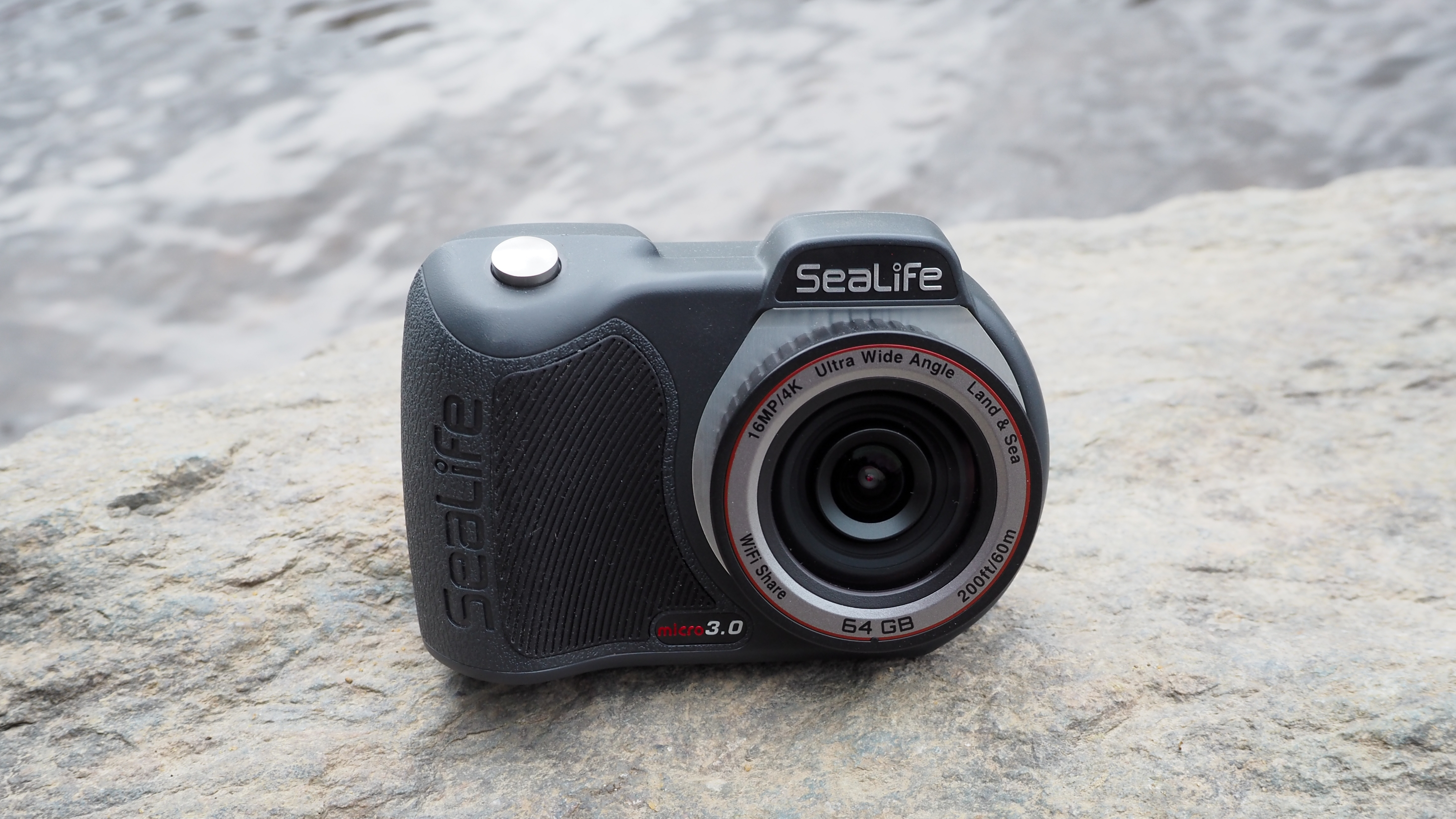
A toy-like, albeit sturdy camera build coupled with a premium price point might not have everyone rushing to purchase the SeaLife Micro 3.0 – but then this is a niche tool aimed at a particular specialism, namely underwater photography and video.
As with any toughened or waterproofed camera, this model really comes into its own in allowing the capture and preservation of imagery in conditions and environments that we wouldn’t usually place a camera in – thus enabling photography that we wouldn’t otherwise get. That alone will be worth the admission price for some. Incidentally, for those who are really serious about underwater photography, look for the bundle deal that adds the SeaLife ‘Sea Dragon’ external LED light.
Also read
Best waterproof cameras
Best rain covers for cameras
Best underwater housings
Gavin has over 30 years’ experience of writing about photography and television. He is currently the editor of British Photographic Industry News, and previously served as editor of Which Digital Camera and deputy editor of Total Digital Photography.
He has also written for a wide range of publications including T3, BBC Focus, Empire, NME, Radio Times, MacWorld, Computer Active, What Digital Camera and the Rough Guide books.
With his wealth of knowledge, Gavin is well placed to recognize great camera deals and recommend the best products in Digital Camera World’s buying guides. He also writes on a number of specialist subjects including binoculars and monoculars, spotting scopes, microscopes, trail cameras, action cameras, body cameras, filters and cameras straps.
